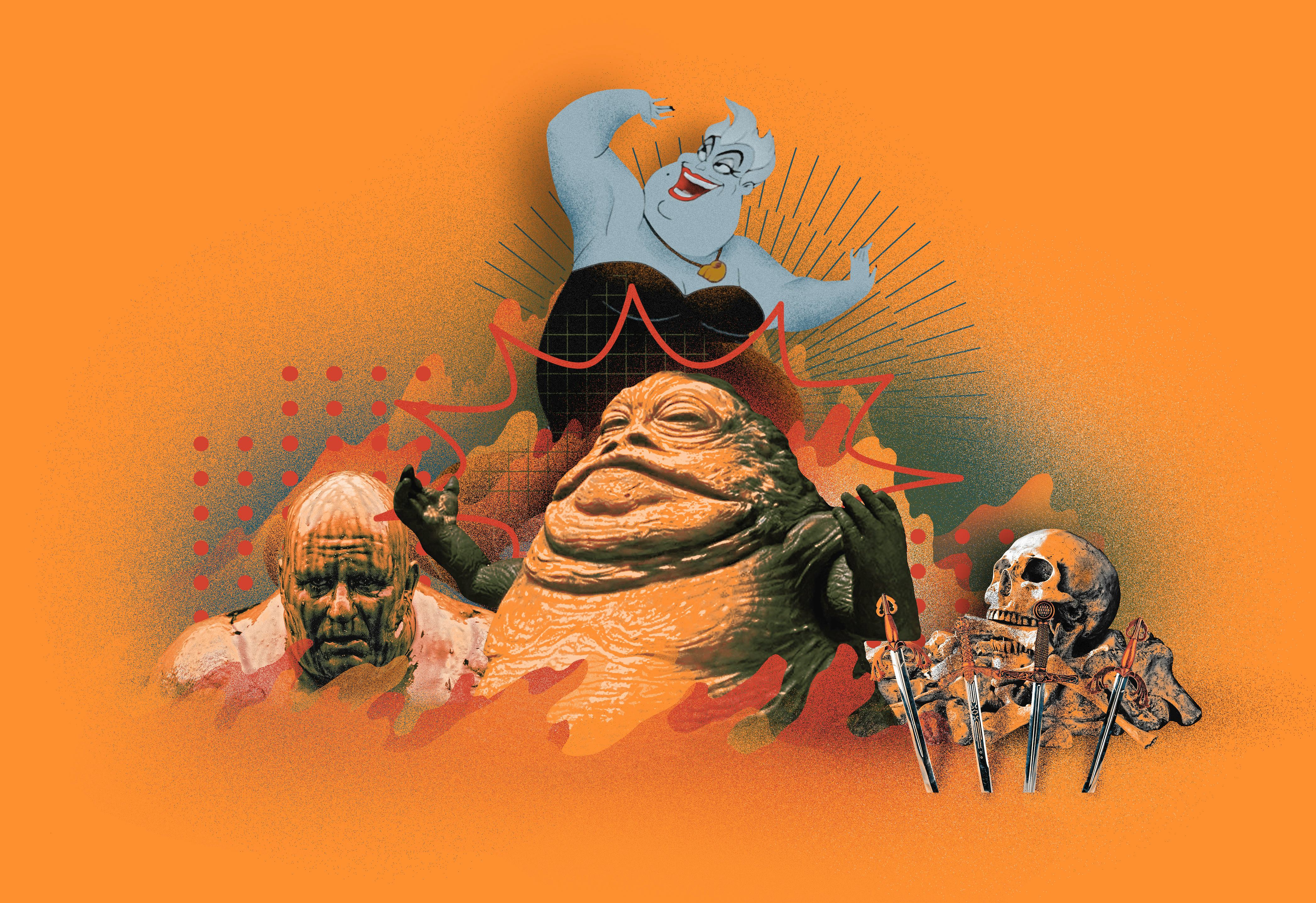
When Jabba the Hutt first oozed across movie screens in 1983’s Return of the Jedi, no one assumed he was anything but a villain.
The slug-like Star Wars alien licked his lips and flicked his tail with slopping sound effects to match. Next to a bronze-bikini-clad Princess Leia chained by the neck, he and his supposedly prodigious appetites were designed to evoke disgust.
Simply by existing, a fat villain highlights the thin protagonist’s virtue, Canadian sociologist Fiona Whittington-Walsh tells Inverse. Through Christian values, she says, “The fat body is the symbol of your moral shortcomings and your evidence of sin.”
Canonically, all Hutts are of similar stature to Jabba, as seen in the most recent Star Wars series, The Book of Boba Fett, which introduces the Disney+ generation to twin Hutt villains. Even if they’re not fat by their own species' standards, an ingrained anti-fat bias makes us associate their size with their evilness. (According to canon, all Hutts are also physically strong, fast, and blaster-proof, but that’s conveniently never depicted onscreen.)
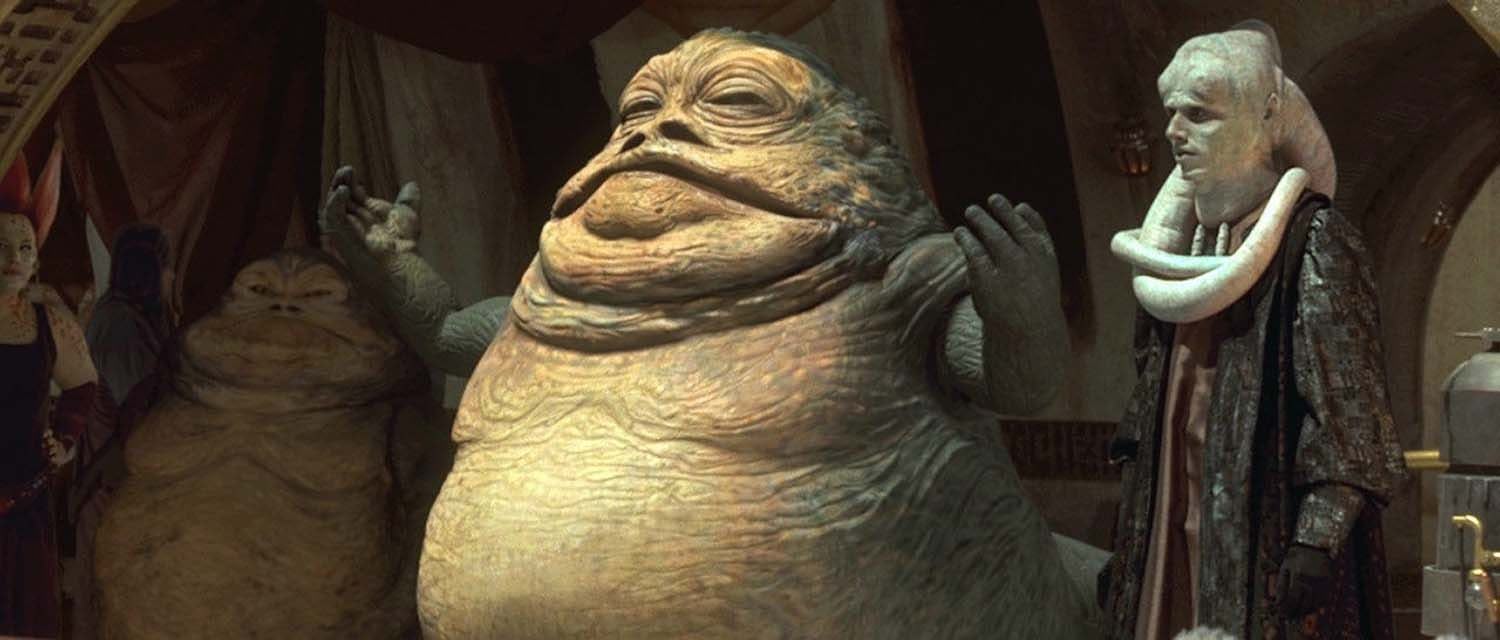
In the almost 40 years since Jabba debuted on-screen, his name has become synonymous with the “fat bully” in playground name-calling and sitcom barbs. In reality, fat kids are more often bullying victims than the bullies themselves, according to one 2015 study.
From the fat cats of political cartoons to Disney animations, and from sitcoms to science fiction— especially science fiction — the fat villain has long been baked into pop culture.
“Once you start seeing it, you can’t unsee it,” says Blakeley H. Payne, a researcher who studies the intersection of anti-fatness and technology at the University of Colorado Boulder Internet Rules Lab.
Indeed, they are ubiquitous: The Batman has the Penguin, while James Bond franchise boasts Goldfinger, Oddjob, Whisper, and Henry Gupta. Marvel has its Kingpin. Buffy the Vampire Slayer has Balthazar. Disney’s fat villains include Alice in Wonderland’s Queen of Hearts, Mulan’s matchmaker, and even Mickey Mouse’s feline nemesis Pete. And who can forget Harry Potter’s abusive uncle and cousin, Vernon and Dudley Dursley?
Whether it's casting thin actors in fat suits or simply denying fat characters empathy, the fat villain trope not only points to a long history of anti-fatness but sustains biases that continue to marginalize fat people today.
Dehumanizing Fat People
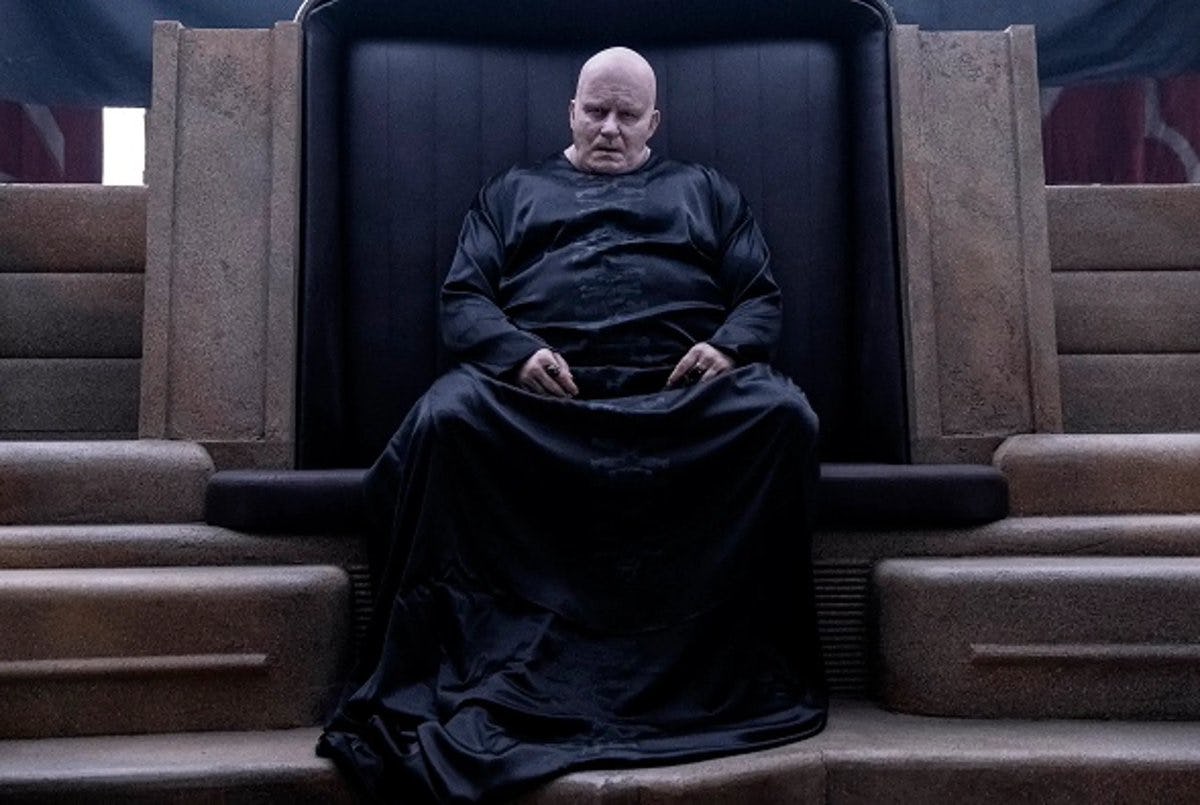
Baron Harkonnen chews while he kills. In a climactic scene two-thirds of the way through Denis Villeneuve’s Oscar-nominated Dune, the fat villain slurps down a meal moments before slitting another character’s throat with food still in his mouth. A 20-pound fat suit and facial prosthetics render Stellan Skarsgård, who plays the Baron, unrecognizable. Like many thin actors playing fat roles, he marveled over the size of his prosthetic body.
Harkonnen is also the only fat character in the film — and yet, Hollywood didn’t cast a fat person to play him.
They hardly ever do.
From Gwyneth Paltrow’s character in Shallow Hal to Renée Zellweger’s new role in The Thing About Pam, the fat suit can be a visual gag and a deliberate casting choice. It presents a way out of casting fat actors, and it strips fat characters of their humanity by making fatness something a thin actor can take off at will.
“The fat suit is such a fascinating way of saying that this character is not human,” comedian Guy Branum tells Inverse. “It is hard to be simultaneously told, ‘There are no parts that are right for you in Hollywood,’ and then have somebody put on a costume to look like me.”
The Batman features Colin Farrell fat-suited up as the Penguin — a role previously played by Danny DeVito, Burgess Meredith, and Robin Lord Taylor, all without fat suits. Already, the ritualistic fat-suit-as thespian-hardship stories have begun rolling out. Critics write with wonder about the time Farrell spent “transforming” into the character each day. Similar pieces from Dune still haunt social media.
Demonizing Fatness
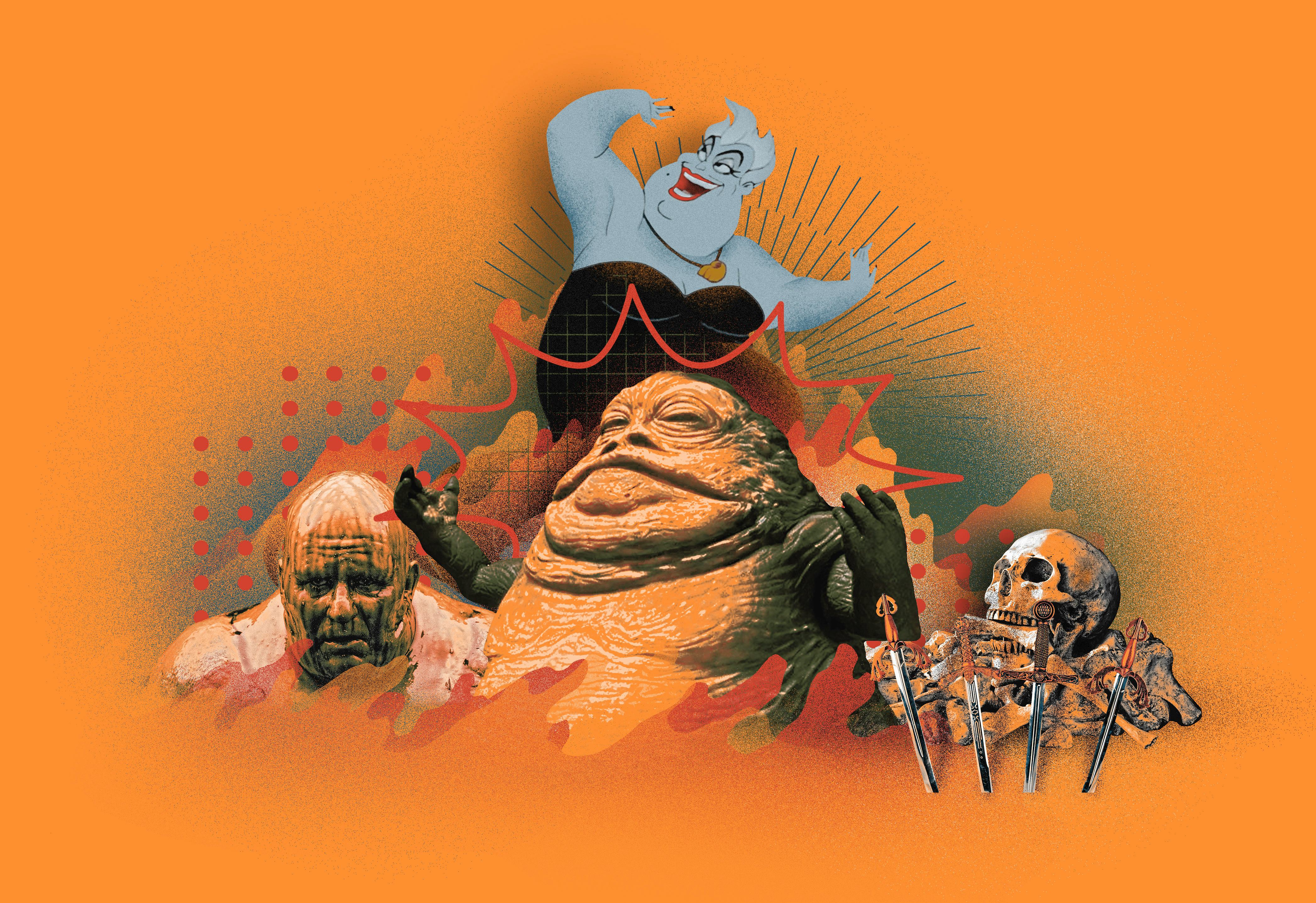
Pop culture keeps demonizing fatness and fat people, reinforcing our culture’s pervasive anti-fat bias.
“We learn how to treat fat people from the way that fat people are portrayed on screen,” says Caleb Luna, author of REVENGE BODY and co-host of the podcast “Unsolicited: Fatties Talk Back.”
When Hollywood almost exclusively casts fat people (or thin actors in fat suits) as antagonists, dehumanizing them becomes that much easier.
Fat people receive worse health care, which is often attributed to healthcare workers' anti-fat biases and medical equipment made for smaller bodies. Even implicit weight bias wears down fat people’s mental health. Employers pay them less than their thin peers, and they endure verbal and physical abuse from strangers. And when police murdered Eric Garner, their defense team falsely argued that Garner’s weight would have killed him that day if police hadn’t.
The very belief that fatness is a choice breeds both medical and cultural bias. Culturally, we believe body size is controllable, fatness is a moral failing, and everyone would prefer to be thin. But over 95% of dieters gain back all the weight they lose, and many fat people don’t want to be thin.
Anti-fat bias is a relatively recent invention. Until the 17th century, Western beauty standards favored fat bodies and full figures as signifiers of wealth. Sabrina Strings, an associate professor of sociology at the University of California, Irvine, and author of Fearing the Black Body: The Racial Origins of Fat Phobia, began studying the history of anti-fat bias after working at an HIV adherence clinic in the early aughts.
“I ran across two women, both women of color, mind you, who were afraid of taking their HIV medications for fear of gaining weight,” she says. That women would rather risk their lives than risk gaining 30 pounds shocked Strings.
“The very belief that fatness is a choice breeds both medical and cultural bias.”
In her book, Strings turns to primary sources like artwork, medical journals, and newspaper articles to pinpoint the shift away from fatness. She traces it to the transatlantic slave trade.
“With the earliest forms of race science, what they were typically trying to do was to identify how people were different in different parts of the world,” Strings tells Inverse. “One form of difference that they articulated, beginning in the late 17th century, was that Black people were constitutionally heavier than white people.”
Race science gave white colonizers a way to maintain their racial superiority over full-figured African women. And the beauty standards for white women began to shift toward thinner bodies in part to exclude Black women.
"By the middle of the 18th century, it was clear amongst elite Europeans that fatness was over," Strings says. Around the same time, tuberculosis became endemic, and its associated weight loss became fashionable for wealthy women.
“Fatness gained its marginal social position through its imagined relationship with Black folks,” Luna concurs.
Today, Strings and Luna see ripples of colonizers' racist anti-fatness in pop culture, which uses fatness as visual shorthand for depravity, laziness, a lack of hygiene, and a lack of intelligence.
Denying Fat People Empathy
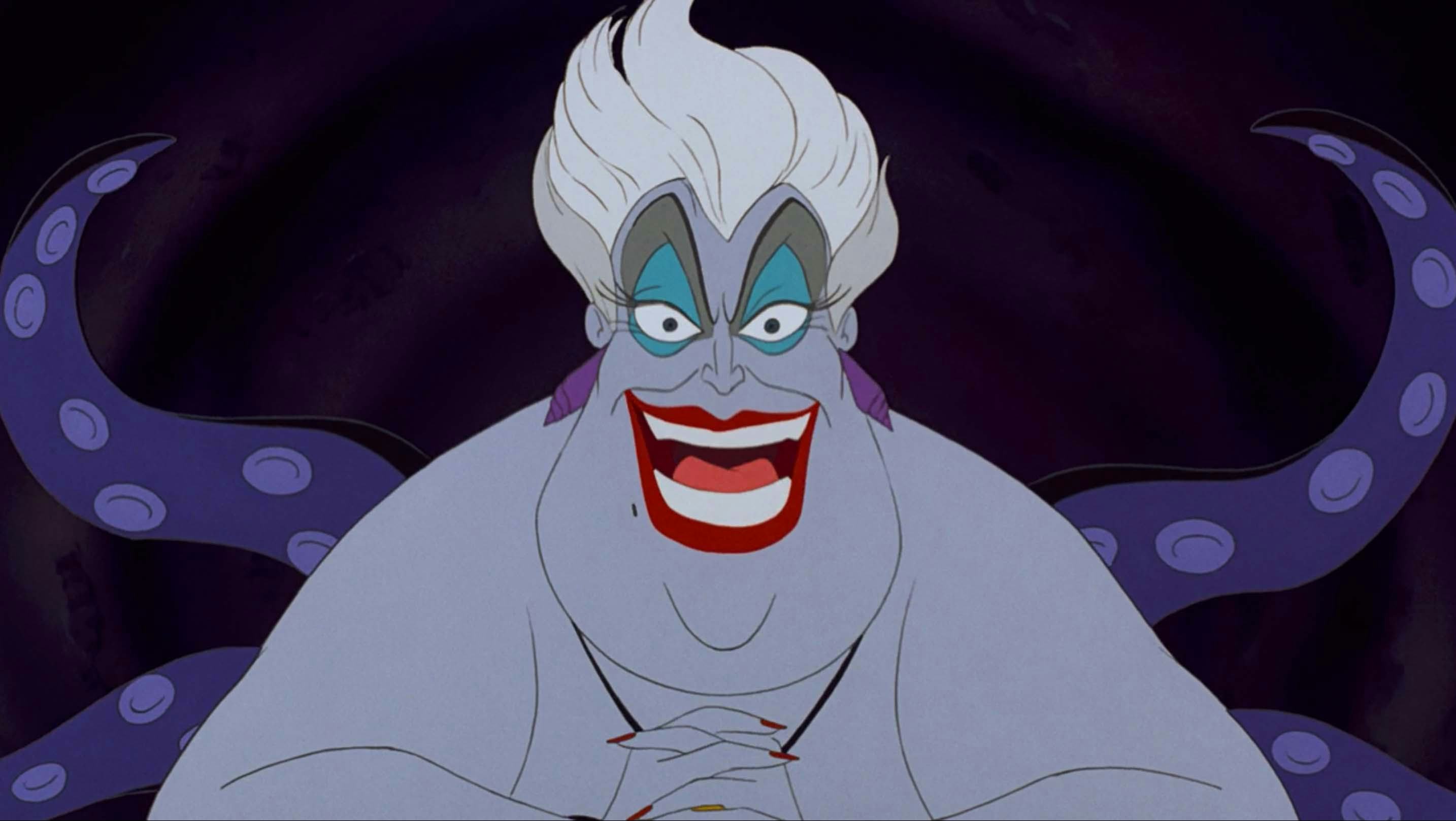
In the absence of fat protagonists, some people have adopted villains as anti-heroes.
In Disney’s 1989 The Little Mermaid, sea witch Ursula is a different sort of fat antagonist: witty, sarcastic, self-sufficient. With purple skin and a short silver haircut, Ursula is a rare example of a fat villain people love.
Animators based her on beloved drag queen Divine, and she takes up space loudly and proudly.
Sumiko Saulson, a horror and comic writer, says people love Ursula because “villains are major characters, and people get tired of the sidekick role.”
As Saulson points out, before Ursula, mainstream pop culture limited most fat representation to comedic relief, hapless buffoon, or sidekick. On the rare occasion that underrepresented audience members got to see themselves in a main character, Big Bad or not, it’s no wonder they latched on to the sea witch.
“She’s an icon!”
And so Ursula became a fat (and eventually queer) anti-hero. Today, fat women don fabric tentacles for Halloween, and drag queens paint themselves purple in homage. While discussing anti-fatness on Zoom, author Caleb Luna held an Ursula drink coaster in front of the camera, saying, “She’s an icon!”

On the flip side, Ursula offers a template for a cultural bogeyman: the older, fat woman who preys on younger, thin women as a means of empowerment.
After all, Ursula decides to “take matters into her own tentacles” and transfigures into a thin, young woman — with Ariel’s voice — to hypnotize Prince Eric and sabotage the mermaid’s happy ending. But when the sea creatures unmask her, she bursts out of her dress in an overabundance of tentacles. The comparison is stark: Ursula’s true form is positively monstrous on land.
“What’s the message it’s sending kids?” sociologist Whittington-Walsh asks. “You don’t want to look like her.”
The Little Mermaid (and much of pre-2010s Disney) presents meekness in concert with thinness as the key to happily-ever-after. Silent and slender get the guy. Anyone who chooses otherwise deserves what they get.
“Fiction has this enormous power of empathy,” says Ali Thompson, who Tweets and makes YouTube videos under the handle @Ok2BeFat. “And that empathy has been completely denied to fat people.”
Reimagining a Future for Fat Characters
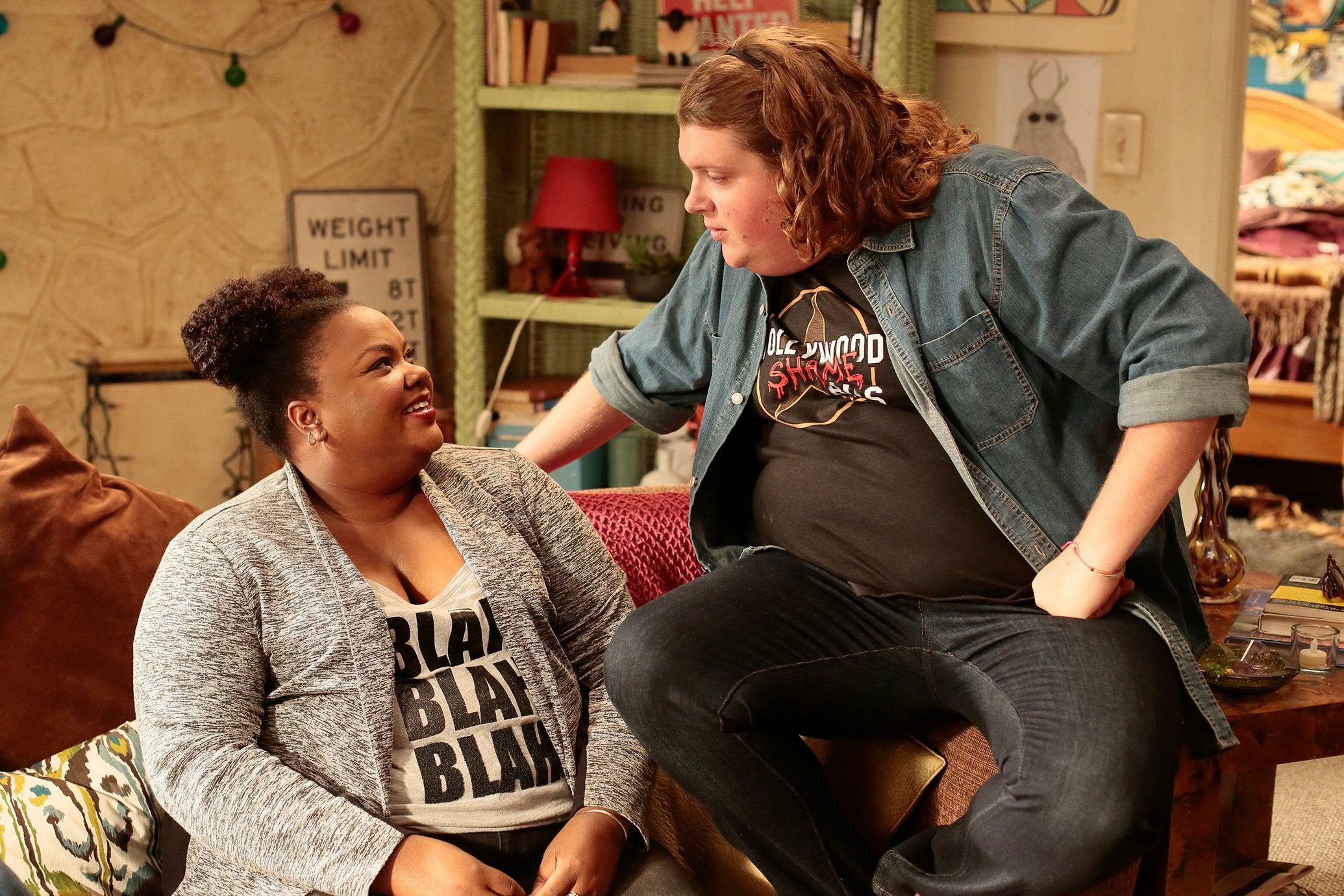
In imagining a better future for fat characters, researchers and creators agree the solution is more and better fat representation.
“It truly is a simple fix of writing fat people as any other person,” says Luna, who is also a Ph.D. candidate in Performance Studies at the University of California Berkeley.
Luna wants to see fat actors in roles that have nothing to do with their weight, pointing to Nicole Byer in Loosely Exactly Nicole and Grand Crew. But complex and non-stereotyped fat characters are still few and far between, especially in science fiction and other genre entertainment.
Change will mean disrupting industry norms.
“It takes more imagination from people who are casting to think they can put somebody who isn’t straight-sized into a role,” comedian Guy Branum remarks. Creators bear the burden of representation, so bringing more fat people into the writers’ room is a necessary step.
“I would love to see science fiction media forecasting a future that includes fat people,” Payne, the researcher, says. In current imagined futures — like Dune, Star Wars, and Wall-E — fat characters are sedentary schemers or cautionary tales. “Media gives us tools and insights to think about our place in society.”
And most sci-fi today does not leave room for fat people to imagine where they fit into the future.
Quality matters just as much as quantity. Fat characters need space in the stories we already tell, and creators must dare to move beyond harmful caricatures and build more nuanced, realistic stories for them.
And yes, that means no more fat suits.







